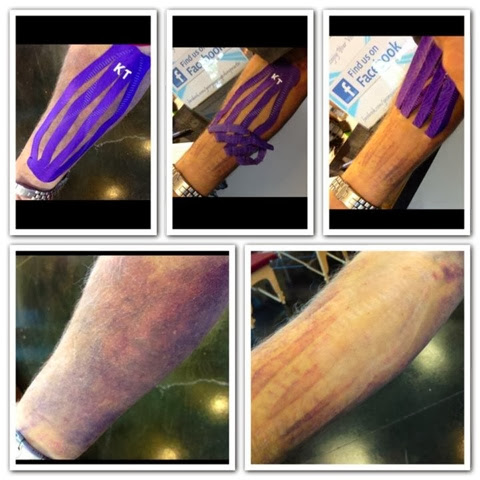A trigger point is defined by the Oxford Dictionary as a sensitive area of the body, stimulation or irritation of which causes a specific effect in another part, especially a tender area in a muscle that causes generalized musculoskeletal pain when overstimulated.
Trigger points can arise following injury, overuse or
imbalance. These knotted muscle fibers
may result in localized tenderness or refer pain to other areas of the body and
have been associated with headaches, back pain, jaw pain, numbness and tingling
in the arms and additional ailments.
Based on her book, “Myofascial Pain and Dysfunction” by J.
Travell, Trigger Point Therapy is effective in offering relief. According to
Travell, “Ischemic compression consists of the application of sustained pressure
to a trigger point for about 20 seconds to a minute. Pressure is gradually
increased as the sensitivity of the trigger point subsides and the tension in
its taut band fades. Pressure is released when the clinician feels the trigger
point is less tender to pressure. Ischemic pressure should be followed by
lengthening of the muscle except when stretching is contraindicated.”




